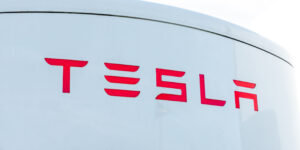Captive insurance companies tightened margins and used capital more efficiently in 2012, according to research by ratings firm A.M. Best Co.
Among A.M. Best’s captive composite, the loss and loss adjustment expense ratio decayed 5.7 points compared with 2011, due to the occurrence of mostly outsize property losses. Underwriting expenses also decayed, as evidenced by a 1.1 point increase in 2012 compared with 2011.
However, over the longer term, the resulting five-year combined ratio for the captive composite of 92.3 still compares extremely favorably with the commercial casualty composite of 103.3, A.M. Best said. The captives’ operating ratio over the same five-year period is tighter, with the captives generating a five-year operating ratio of 76.0 versus 88.5 for the commercial casualty composite.
Captives’ investment portfolios tend to be significantly more conservative and, therefore, less income generating than typical investment portfolios for commercial casualty companies, according to the ratings firm.
The captive companies analyzed by A.M. Best for this report were taken from a subset of more than 200 captive companies, of which more than 75 percent currently are rated. Those companies range in size from $2 million in surplus to more than $3.5 billion. These captive companies wrote (in size order) medical malpractice, general and auto liability, property, workers’ compensation, inland marine and other lines. A.M. Best has used the commercial casualty composite for comparative purposes throughout the report.
Captive insurance owners and managers are meeting in Burlington, Vermont this week for the 28th Annual Conference hosted by the Vermont Captive Insurance Association. Though more than half of the U.S. states now have captive insurance laws on their books, Vermont, with nearly 600, continues to be the number one captive domicile in the U.S. and the third largest in the world.





















 $750K Chop Shop Theft Ring Busted in Arizona
$750K Chop Shop Theft Ring Busted in Arizona  10 Highest Class-Action Settlements in 2025 Eclipsed $70B Total: Duane Morris
10 Highest Class-Action Settlements in 2025 Eclipsed $70B Total: Duane Morris  Expense Ratio Analysis: AI, Remote Work Drive Better P/C Insurer Results
Expense Ratio Analysis: AI, Remote Work Drive Better P/C Insurer Results  Federal Aviation Notice Warned of Slackline Before Deadly Arizona Helicopter Crash
Federal Aviation Notice Warned of Slackline Before Deadly Arizona Helicopter Crash 





